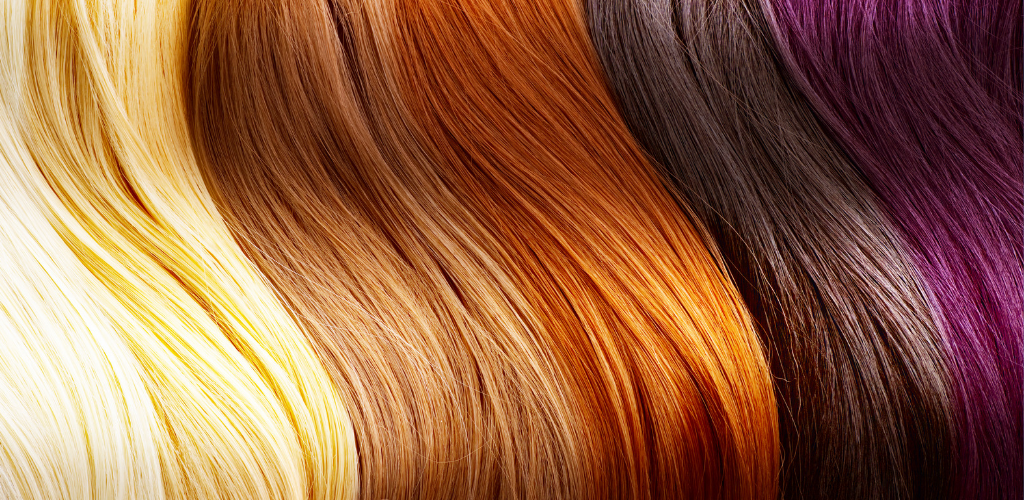Have you ever wondered why some people have black hair while others have blond or red hair? The answer lies deep within our genetic makeup. Our hair colour is determined by a complex interplay of genes, specifically those related to melanin production. Melanin is the pigment responsible for the colour of our skin, eyes, and hair.
The Melanin Trio : The Genetics of Hair Color
There are three main types of melanin: eumelanin, pheomelanin, and neuromelanin. Eumelanin is responsible for dark hair, whereas pheomelanin is responsible for light or red hair. The third type, neuromelanin, is unrelated to hair colour and is found in the brain.
The key player in determining hair colour is the Melanocortin 1 Receptor (MC1R) gene. This gene acts as a switch, deciding whether melanocytes, the cells that produce melanin, should create eumelanin or pheomelanin. When the MC1R gene is active, it triggers the production of melanin, resulting in dark hair. On the other hand, when the gene is inactive, melanocytes produce pheomelanin, leading to light or red hair.
The Melanocortin 1 Receptor (MC1R) Gene
At the heart of the genetic tapestry controlling hair colour is the Melanocortin 1 Receptor (MC1R) gene. This gene acts as a switch, dictating whether melanocytes should produce eumelanin or pheomelanin. Active MC1R results in dark hair, while inactive MC1R leads to light or red hair. Different hair colours are influenced by genetic variations and alleles that affect enzyme activity and pigment production.
Also read : Alopecia: A 2-Minute Insight into Genetic Secrets
Let’s take a closer look at some of the most common hair colours and their genetic influences:
Common Hair Colors and Their Genetic Roots
- Black Hair : Often prevalent in Asia and Africa, black hair is linked to lower levels of tyrosinase, an enzyme in melanin synthesis. Active MC1R prompts the production of eumelanin, resulting in the distinctive dark hue.
- Brown Hair : Brown hair, appearing in various shades, is influenced by alleles and gene variations affecting enzyme activity and pigment production, resulting in a spectrum from light to dark.
- Blond Hair : Common in Northern Europeans, blond hair is associated with the KIT ligand gene. Genetic variations in this gene impact melanin production and distribution, leading to the blond spectrum.
- Red Hair : A rarity, red hair is often linked to recessive genes and mutations in the MC1R gene. These mutations increase pheomelanin production, yielding the vibrant red hues associated with redheads.
- White or Gray Hair : The absence of melanin pigments, influenced by the Interferon regulatory factor 4 (IRF4) gene, leads to the gradual graying or whitening of hair as we age.
Health Implications of Hair Color
While hair colour is often considered a cosmetic trait, it holds significant health implications. Mutations in the MC1R gene, especially in red-haired individuals, are linked to an increased risk of melanoma, a form of skin cancer.
Moreover, red-haired individuals exhibit unique health considerations, such as altered dopamine synthesis, higher anesthetic needs, and heightened thermal pain sensitivity. These characteristics are attributed to the genetic variations associated with red hair.
Conclusion: A Reflection of Genetic Diversity
In conclusion, the genetics of hair colour unveil a fascinating and intricate system. Our unique hair hues are a testament to the interplay of genes controlling melanin production, with the MC1R gene as the maestro of this symphony. Understanding the genetics behind hair colour not only enriches our knowledge of individual traits but also emphasises the crucial role of genetic variations in health considerations. The next time you admire someone’s hair colour, appreciate it as not just a visual delight but also a reflection of their distinctive genetic makeup.





Your point of view caught my eye and was very interesting. Thanks. I have a question for you.